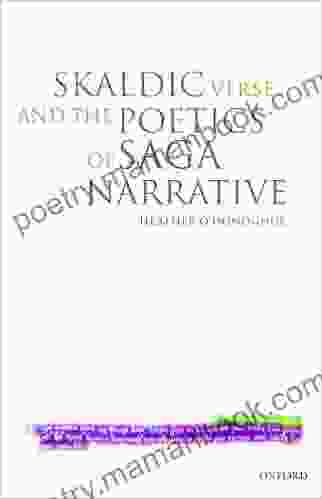Skaldic Verse and the Poetics of Saga Narrative: Delving into the Rhythmic Tapestry of Old Norse Literature

In the vibrant tapestry of Old Norse literature, skaldic verse stands as a captivating thread, intertwining with the prose narratives of sagas to create a rich and intricate web of storytelling. This ancient form of poetry, characterized by its complex metrical structure and elaborate kennings, not only adorned the courts of kings and jarls but also served as an integral part of the saga tradition, shedding light on historical events, shaping literary characters, and enhancing the overall aesthetic experience.
The Rhythmic Foundation: Meter and Alliteration
At the core of skaldic verse lies its intricate metrical system. Unlike the more familiar iambic pentameter of English poetry, skaldic verse employs a wide variety of rhythmic patterns, often involving intricate sequences of stressed and unstressed syllables. These patterns adhere to specific rules of alliteration, where the initial consonant or consonant cluster of a word is repeated in a subsequent word within the same line or stanza. This interplay of rhythm and alliteration creates a mesmerizing oral quality, inviting listeners to immerse themselves in the cadence and flow of the language.
5 out of 5
| Language | : | English |
| File size | : | 3313 KB |
| Screen Reader | : | Supported |
| Print length | : | 272 pages |
| Lending | : | Enabled |
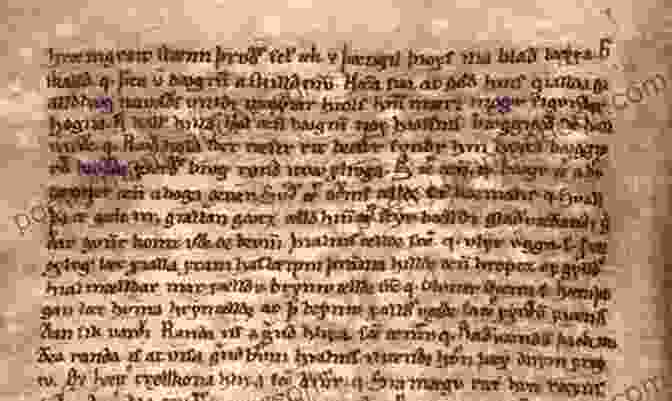
The Art of Kenning: Metaphors in Motion
One of the defining characteristics of skaldic verse is the extensive use of kennings, a type of metaphorical expression that employs compound words to describe concepts and objects in a vivid and imaginative way. Often consisting of two or more nouns joined by a possessive or genitive construction, kennings transcend simple substitution, becoming miniature poems in their own right. For example, the sea might be described as the "whale-road" or "wave-steed," capturing both its vast expanse and its dynamic nature.
Kennings not only add poetic flair but also serve a deeper purpose. By connecting seemingly disparate images, they create unexpected associations, challenging listeners to engage with the text on multiple levels. This enigmatic quality enhances the memorability of the verse and encourages repeated readings, revealing new layers of meaning with each encounter.
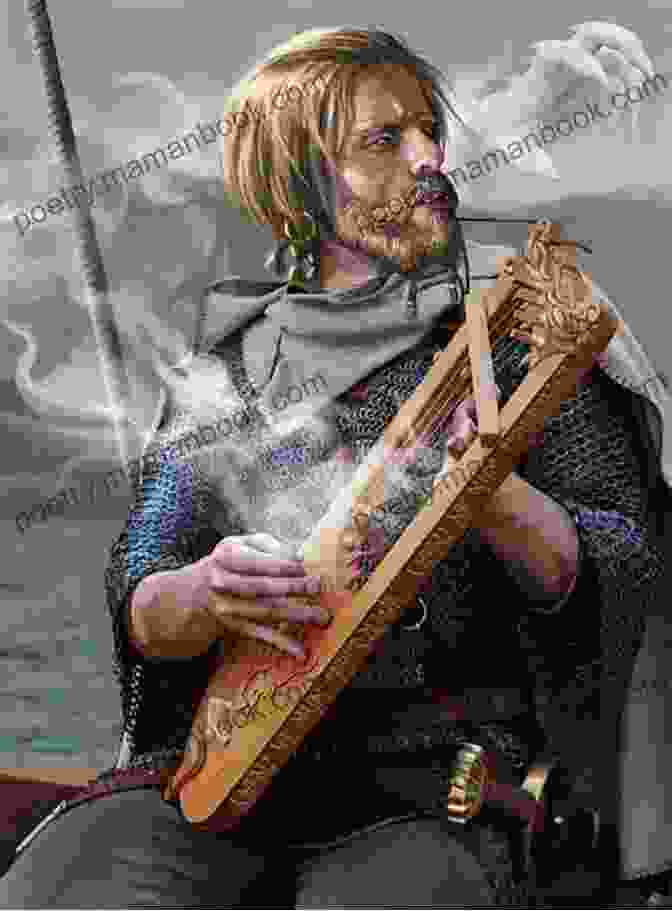
Skaldic Verse in Saga Narrative
Skaldic verse was not merely an isolated form of courtly entertainment. It played a vital role within the broader context of saga literature. Sagas, the prose narratives recounting the deeds of legendary heroes and historical figures, often incorporated skaldic stanzas into their stories to enhance the dramatic effect and provide historical context.
In many sagas, skalds are portrayed as characters within the narrative, composing verses that commemorate significant events, praise victorious warriors, or offer biting satire. These poetic interludes not only break up the prose narrative but also provide insights into the characters' motivations, emotions, and perspectives. By seamlessly integrating skaldic verse into the prose, saga writers created a rich tapestry of storytelling that appealed to both the ear and the imagination.
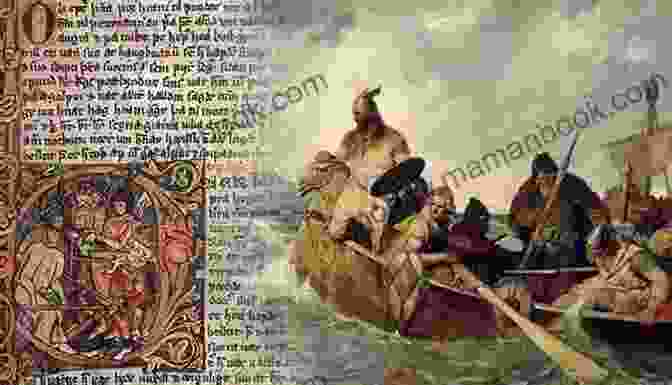
Historical Significance and Cultural Impact
Beyond its literary value, skaldic verse also holds immense historical significance. As the skalds were often commissioned to compose poems commemorating important events and individuals, their verses provide valuable insights into the political, social, and cultural landscape of the Viking Age and medieval Scandinavia. These poems preserve the names of kings, warriors, and notable figures, shedding light on their deeds and interactions.
Moreover, skaldic verse offers a glimpse into the values, beliefs, and customs of the Norse people. The kennings and metaphors employed by the skalds reveal their perceptions of nature, their relationships with the gods, and their understanding of the world around them. This rich poetic tradition thus serves as a window into the minds and hearts of our ancestors.

Preservation and Interpretation
While the oral tradition of skaldic verse was undoubtedly vibrant, only a fraction of the original corpus has survived to this day. The vast majority of extant skaldic verse is preserved in manuscripts, primarily from the 13th and 14th centuries. These manuscripts, often compiled by scribes and scholars, contain collections of poems attributed to various skalds, ranging from anonymous fragments to extensive works by renowned masters.
Interpreting skaldic verse can be a challenging task, as it requires a deep understanding of Old Norse language, poetic conventions, and historical context. Scholars have spent centuries deciphering the complex kennings, unraveling the intricate metrical patterns, and reconstructing the original pronunciations of the words. This ongoing work of interpretation has brought to light a wealth of knowledge about the cultural and literary heritage of the Norse people.
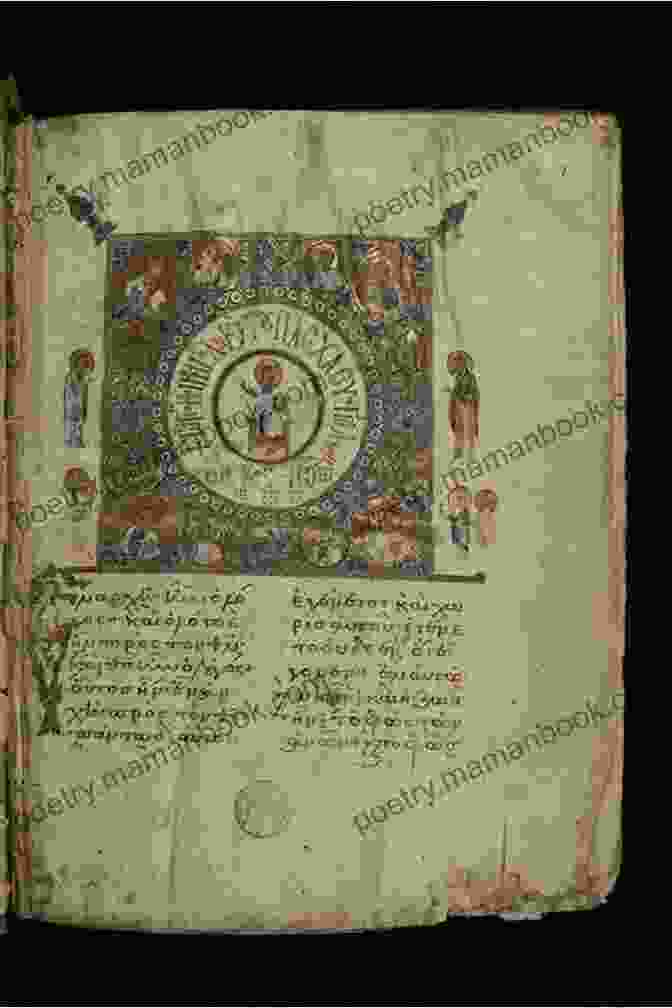
Skaldic verse and the poetics of saga narrative are inextricably intertwined, forming a vibrant and enduring legacy of Old Norse literature. The intricate rhythmic patterns, elaborate kennings, and historical significance of skaldic verse have captivated scholars and enthusiasts for centuries. By delving into this rich tapestry of words and images, we gain a deeper appreciation for the artistry, cultural values, and historical events that shaped the lives of our ancestors.
As we continue to explore the enigmatic world of skaldic verse, we uncover new insights into the human experience, the power of language, and the timeless appeal of storytelling. May this ancient poetic tradition forever inspire and enchant generations to come.
5 out of 5
| Language | : | English |
| File size | : | 3313 KB |
| Screen Reader | : | Supported |
| Print length | : | 272 pages |
| Lending | : | Enabled |
Do you want to contribute by writing guest posts on this blog?
Please contact us and send us a resume of previous articles that you have written.
 Top Book
Top Book Novel
Novel Fiction
Fiction Nonfiction
Nonfiction Literature
Literature Paperback
Paperback Hardcover
Hardcover E-book
E-book Audiobook
Audiobook Bestseller
Bestseller Classic
Classic Mystery
Mystery Thriller
Thriller Romance
Romance Fantasy
Fantasy Science Fiction
Science Fiction Biography
Biography Memoir
Memoir Autobiography
Autobiography Poetry
Poetry Drama
Drama Historical Fiction
Historical Fiction Self-help
Self-help Young Adult
Young Adult Childrens Books
Childrens Books Graphic Novel
Graphic Novel Anthology
Anthology Series
Series Encyclopedia
Encyclopedia Reference
Reference Guidebook
Guidebook Textbook
Textbook Workbook
Workbook Journal
Journal Diary
Diary Manuscript
Manuscript Folio
Folio Pulp Fiction
Pulp Fiction Short Stories
Short Stories Fairy Tales
Fairy Tales Fables
Fables Mythology
Mythology Philosophy
Philosophy Religion
Religion Spirituality
Spirituality Essays
Essays Critique
Critique Commentary
Commentary Glossary
Glossary Bibliography
Bibliography Index
Index Table of Contents
Table of Contents Preface
Preface Introduction
Introduction Foreword
Foreword Afterword
Afterword Appendices
Appendices Annotations
Annotations Footnotes
Footnotes Epilogue
Epilogue Prologue
Prologue History Forever
History Forever Tibor Gasparik
Tibor Gasparik Billy Epperhart
Billy Epperhart Michele Barber Jones
Michele Barber Jones Andrea Camilleri
Andrea Camilleri Ryan Mitchell
Ryan Mitchell Elizabeth Beacon
Elizabeth Beacon Ola Rotimi
Ola Rotimi Wendy Mackenzie Pease
Wendy Mackenzie Pease Catherine Taylor
Catherine Taylor Andrew Greig
Andrew Greig Richard Hougham
Richard Hougham Jennifer Lee
Jennifer Lee Brandy Fortune
Brandy Fortune Mohammed Miah
Mohammed Miah Iniya Chitravel
Iniya Chitravel Karen Petrou
Karen Petrou Bernadette Banner
Bernadette Banner Kerry Gleason
Kerry Gleason Emthy A
Emthy A
Light bulbAdvertise smarter! Our strategic ad space ensures maximum exposure. Reserve your spot today!
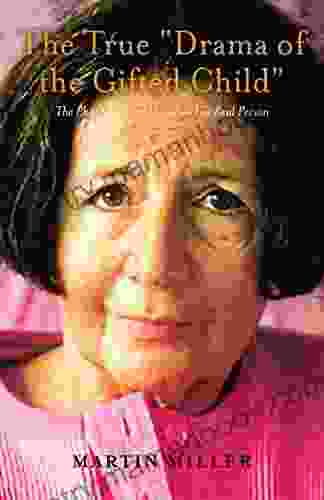
 Fletcher MitchellThe Phantom Alice Miller: The Real Person Behind the Extraordinary Diary
Fletcher MitchellThe Phantom Alice Miller: The Real Person Behind the Extraordinary Diary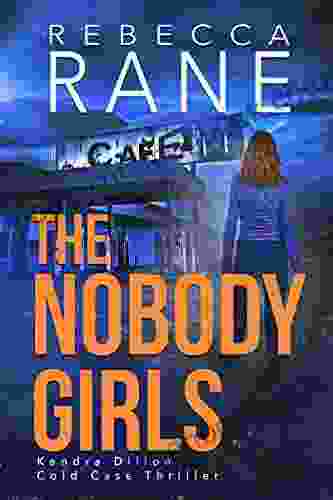
 Robert FrostUnraveling the Secrets of The Nobody Girls: A Riveting Cold Case Thriller by...
Robert FrostUnraveling the Secrets of The Nobody Girls: A Riveting Cold Case Thriller by...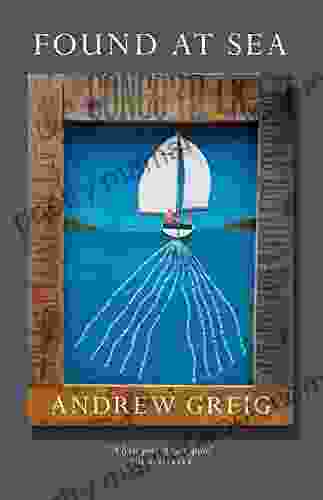
 Jordan BlairFound at Sea by Andrew Greig: A Captivating Journey of Loss, Love, and the...
Jordan BlairFound at Sea by Andrew Greig: A Captivating Journey of Loss, Love, and the... Clark BellFollow ·6k
Clark BellFollow ·6k Rob FosterFollow ·18.1k
Rob FosterFollow ·18.1k Stuart BlairFollow ·11.8k
Stuart BlairFollow ·11.8k Billy PetersonFollow ·5.8k
Billy PetersonFollow ·5.8k Neil GaimanFollow ·9.7k
Neil GaimanFollow ·9.7k Leo TolstoyFollow ·4.9k
Leo TolstoyFollow ·4.9k Frank ButlerFollow ·15.1k
Frank ButlerFollow ·15.1k Raymond ChandlerFollow ·17.7k
Raymond ChandlerFollow ·17.7k
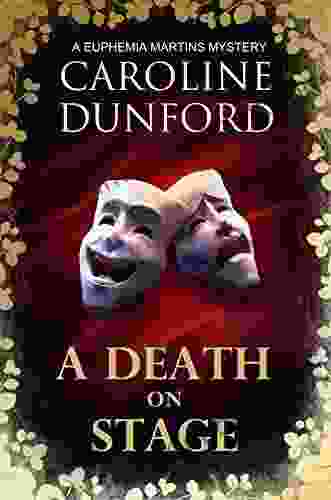
 Patrick Hayes
Patrick HayesDeath on Stage: Euphemia Martins Mystery 16
Synopsis In the...

 Benji Powell
Benji Powell1001 Best Baking Recipes Of All Time
Baking is a fun and...
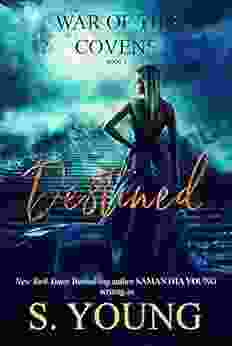
 Terry Bell
Terry BellDestined War of the Covens: A Supernatural Saga of Power,...
Welcome to the...

 Mark Twain
Mark TwainBitcoin For Mere Mortals: A Comprehensive Guide for...
Bitcoin is a...

 Dennis Hayes
Dennis HayesThe Best Budget Gaming PC 2024: Build the Ultimate Gaming...
Are you looking to build the best budget...
5 out of 5
| Language | : | English |
| File size | : | 3313 KB |
| Screen Reader | : | Supported |
| Print length | : | 272 pages |
| Lending | : | Enabled |


